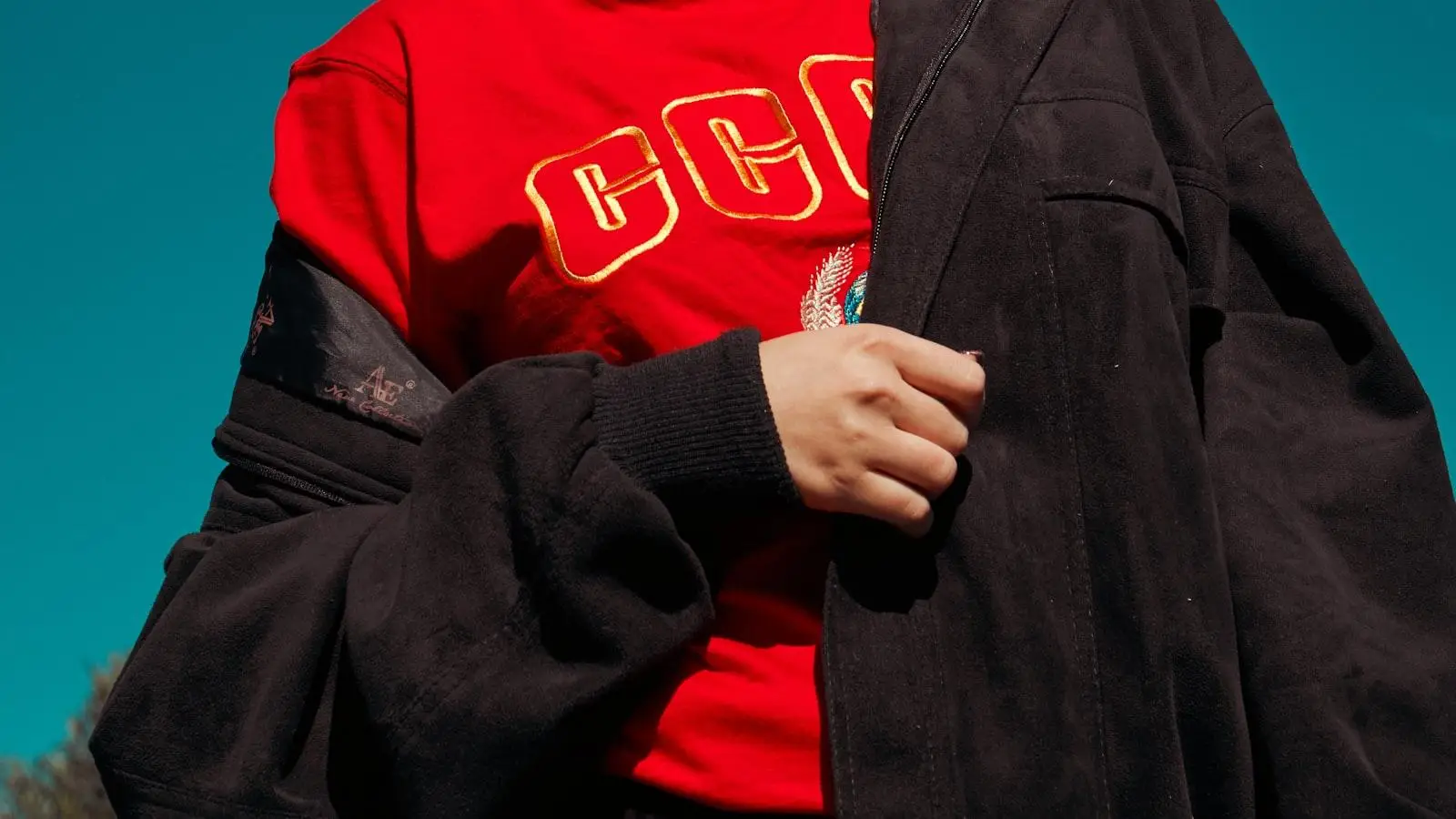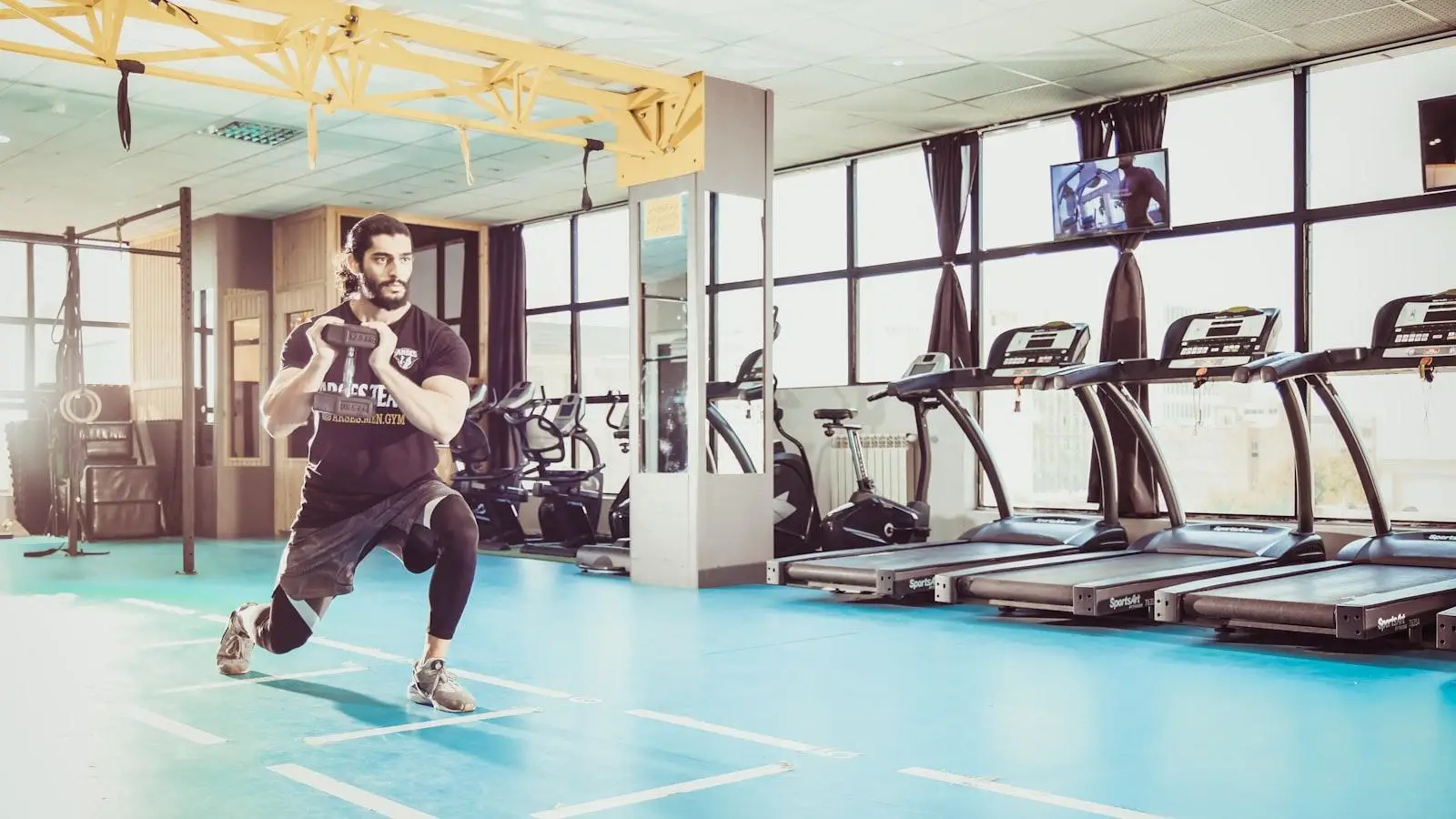In a world obsessed with hashtags and filters, one symbol reigns supreme – the lifestyle logo. Often overlooked, yet deeply ingrained in our everyday lives, these small but powerful symbols encapsulate the essence of who we are and what we stand for. Join us as we delve into the fascinating world of lifestyle logos and uncover the hidden meanings behind these iconic symbols.
The importance of a lifestyle logo

When it comes to establishing a strong brand identity, a lifestyle logo plays a crucial role. A well-designed logo can instantly communicate the values, personality, and essence of a brand, helping to attract the right audience and make a lasting impression.
A lifestyle logo is more than just a visual representation of a brand; it is a powerful symbol that can evoke a range of emotions and associations in consumers. Whether sleek and modern, or quirky and fun, a logo has the power to communicate the lifestyle and ethos of a brand in a single glance.
Having a strong lifestyle logo can also help differentiate a brand from its competitors, setting it apart in a crowded marketplace. A unique and memorable logo can help consumers distinguish one brand from another, fostering brand loyalty and recognition.
Furthermore, a lifestyle logo can also help convey the overall aesthetic and design sensibility of a brand. From color palette to typography, every aspect of a logo can work together to create a cohesive and visually appealing representation of a brand’s lifestyle and values.
Creating a lifestyle logo that resonates with your target audience

is essential for building brand recognition and loyalty. Your logo is often the first impression that potential customers will have of your business, so it’s important to make sure it accurately represents your brand and appeals to your target demographic.
To create a lifestyle logo that truly resonates with your audience, consider the following tips:
-
Research Your Audience: Take the time to research your target audience and understand their preferences, values, and lifestyles. This will help you create a logo that speaks directly to them and resonates with their needs and desires.
-
Keep It Simple: A clean and simple logo design is often more effective than a cluttered or overly complex one. Remember, your logo should be easily recognizable and memorable, so keep the design clean and minimalist.
-
Use Color Psychology: Colors have the power to evoke emotions and associations, so choose your logo colors carefully. Consider the psychological effects of different colors and how they might impact your audience’s perception of your brand.
-
Be Authentic: Your logo should authentically represent your brand and its values. Avoid trying to mimic trends or designs that don’t align with your brand identity. Stay true to your brand and create a logo that reflects who you are and what you stand for.
By following these tips and taking the time to create a lifestyle logo that resonates with your target audience, you can build a strong brand identity that connects with your customers on a deeper level. Remember, your logo is a visual representation of your brand, so make sure it accurately reflects who you are and what you have to offer.
Choosing colors and fonts for a lifestyle logo that evoke the desired emotions

When designing a lifestyle logo, the choice of colors and fonts is crucial in setting the right tone and evoking the desired emotions. Colors can convey different meanings and emotions, so it’s important to choose ones that align with the lifestyle brand you are trying to portray. Bold and vibrant colors like red and orange can evoke energy and passion, perfect for fitness or adventure lifestyle brands. On the other hand, soft pastel colors like baby blue and blush pink can create a sense of calm and tranquility, suitable for wellness or beauty lifestyle brands.
In addition to colors, the fonts used in a lifestyle logo can also play a significant role in communicating the brand’s message. Fonts have their own personalities and can convey different vibes. Serif fonts like Times New Roman or Georgia can give off a traditional and sophisticated feel, ideal for luxury lifestyle brands. Sans-serif fonts like Arial or Helvetica, on the other hand, are more modern and clean, making them a great choice for minimalist lifestyle brands.
Combining the right colors and fonts can create a harmonious and cohesive look for a lifestyle logo. It’s important to consider how these elements work together to convey the overall brand image effectively. Experimenting with different color palettes and font pairings can help you find the perfect combination that resonates with your target audience and conveys the desired emotions. Remember, the goal is to create a logo that not only looks good but also captures the essence of the lifestyle brand it represents.
How to ensure consistency in branding with a lifestyle logo

Choosing the Right Colors
When creating a lifestyle logo, it’s crucial to choose colors that reflect the essence of your brand. Whether you opt for a vibrant palette or a more subdued one, consistency is key. By sticking to a specific color scheme across all marketing materials, you can establish a strong brand identity that resonates with your target audience. Consider the emotions and associations that different colors evoke and select those that align with your brand values.
Creating a Versatile Design
A lifestyle logo should be versatile enough to be used across various platforms and mediums. Whether it’s on a website, social media, or print materials, your logo should look cohesive and recognizable. Make sure your logo works well in different sizes and formats without losing its impact. Simplify the design if necessary to ensure that it remains clear and legible in all contexts.
Using Consistent Typography
Typography plays a significant role in branding and should not be overlooked when designing a lifestyle logo. Choose fonts that complement your logo design and reflect the personality of your brand. Consistency in typography across all branding materials, from business cards to packaging, helps reinforce your brand identity. Avoid using too many different fonts, as it can create confusion and dilute your brand message.
Engaging with Your Audience
One way to ensure consistency in branding with a lifestyle logo is to engage with your audience regularly. Encourage feedback, listen to their preferences, and stay updated on current trends in the industry. By building a strong relationship with your customers, you can better understand their needs and tailor your branding efforts accordingly. Your logo should resonate with your audience and evoke positive emotions, so keep their preferences in mind when making any branding decisions.
Incorporating elements of nature and wellness into a lifestyle logo design

In creating a lifestyle logo design, it is essential to incorporate elements of nature and wellness to create a visually appealing and meaningful logo that resonates with the target audience. By combining these two elements, the logo can convey a sense of balance, harmony, and holistic living.
One way to incorporate nature into the logo design is to use symbols such as leaves, trees, flowers, or animals that are associated with the natural world. These elements can evoke feelings of tranquility, growth, and connection to the environment.
When it comes to wellness, consider incorporating symbols that represent health, well-being, and mindfulness. This could include icons like hearts, yoga poses, meditation symbols, or symbols of unity and balance.
By blending elements of nature and wellness in the logo design, you can create a logo that not only looks visually appealing but also conveys a deeper message about the values and lifestyle associated with the brand. Remember to keep the design simple, clean, and versatile to ensure it can be used across various platforms and mediums.
Strategies for effectively marketing a lifestyle logo to build brand recognition

One of the key is to ensure that the logo is visually appealing and aesthetically pleasing. This can be achieved by working with a talented graphic designer who can create a logo that captures the essence of the brand and appeals to the target audience. A visually striking logo will help to grab the attention of consumers and make a lasting impression.
Another important strategy is to incorporate the lifestyle logo into all aspects of the brand’s marketing and advertising efforts. This includes using the logo on all printed materials, such as business cards, letterheads, and brochures, as well as on digital platforms, such as social media profiles, websites, and email campaigns. By consistently using the logo across all marketing channels, the brand will become more recognizable and memorable to consumers.
Additionally, leveraging social media platforms can be a powerful strategy for increasing brand recognition through the lifestyle logo. By creating engaging content that showcases the logo and aligns with the brand’s lifestyle image, companies can attract new followers and build a loyal fan base. Encouraging user-generated content that features the logo can also help to increase brand visibility and reach a wider audience.
Furthermore, collaborating with influencers and brand ambassadors who embody the lifestyle that the logo represents can be a highly effective strategy for expanding brand recognition. By partnering with individuals who have a strong following and influence within the target market, companies can leverage their reach and credibility to promote the lifestyle logo and increase brand awareness. This can help to build trust with consumers and drive sales for the brand.
In conclusion, by focusing on creating a visually appealing logo, integrating it into all marketing efforts, utilizing social media platforms, and collaborating with influencers, companies can effectively market a lifestyle logo to build brand recognition and establish a strong presence in the market. Consistency and creativity are key to successfully promoting the logo and connecting with consumers on a deeper level.
Q&A
Q: What is a lifestyle logo?
A: A lifestyle logo is a visual representation of a brand’s identity and values that aims to appeal to a specific target audience based on their lifestyle and interests.
Q: How does a lifestyle logo differ from a regular logo?
A: A lifestyle logo goes beyond just representing a company’s name or product, it conveys a particular lifestyle or set of values that resonates with the target market.
Q: How can a lifestyle logo help a brand connect with its audience?
A: By incorporating elements that are relevant to the target audience’s interests, hobbies, or values, a lifestyle logo can help create an emotional connection and build brand loyalty.
Q: What are some common elements found in lifestyle logos?
A: Common elements can include specific colors, imagery, typography, or symbols that reflect a particular lifestyle or mindset.
Q: How should a brand go about creating a lifestyle logo?
A: Brands should conduct thorough market research to understand their target audience and what resonates with them. They should then work with a skilled designer or branding agency to create a logo that effectively communicates their lifestyle brand identity.
Q: Can a lifestyle logo evolve over time?
A: Yes, as the target audience or market trends change, a lifestyle logo should be flexible enough to adapt while still maintaining the brand’s core values and identity.
Future Outlook
In conclusion, the concept of a lifestyle logo is a powerful tool that can help define and communicate the values, beliefs, and identity of a brand. By carefully designing a logo that embodies the essence of a particular lifestyle, companies can create strong connections with their target audience and establish a unique and memorable brand image. Embracing the lifestyle logo trend can be a game-changer for businesses looking to stand out in a crowded marketplace and make a lasting impression on consumers. So why not consider incorporating a lifestyle logo into your brand identity and see the positive impact it can have on your business



